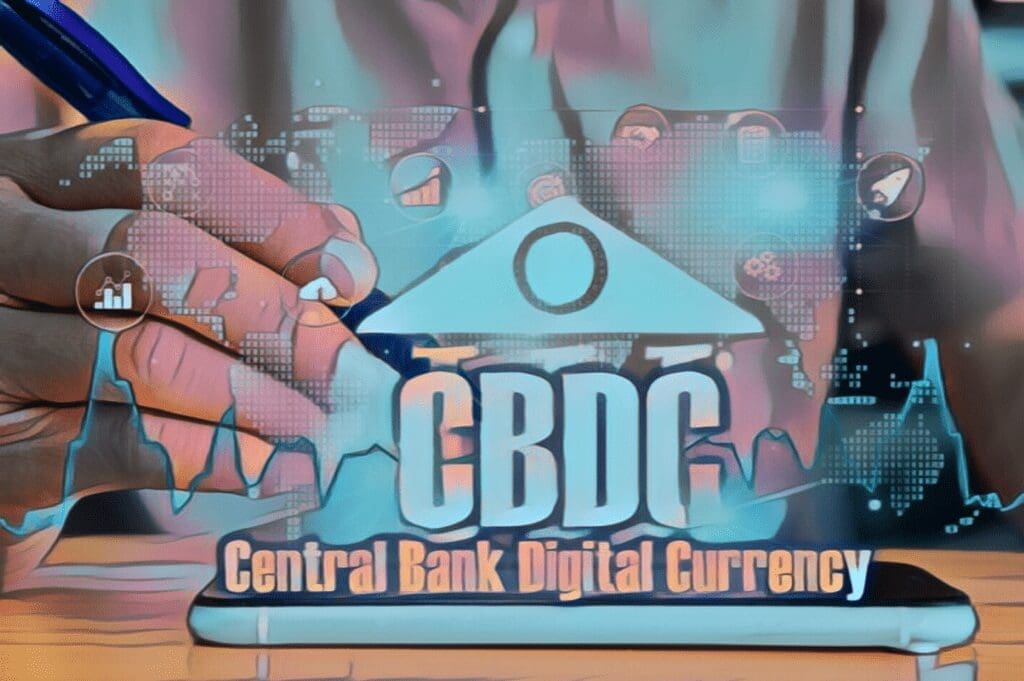Financial sectors have conventionally been known to adapt and evolve to the advancing methodologies, information technology, and coherence shift of popular demands. However, cryptocurrency has been a massive disruption to the way we see, perceive, and function with existing financial infrastructure. A number of central banks have been seeing Central Bank Digital Currencies (CBDCs) coupled with DeFi as a very feasible and viable option to reform the banking sector.
A new report by the Bank of International Settlements (BIS) delves deeper into their ongoing research with the cross-border liquid exchange of wholesale CBDCs using DeFi protocol Curve’s automated market maker.
The financial future is tokenised and DeFi technology has the ability to run a trillion-dollar foreign exchange economy. As per the latest research at BIS, they tried to pair up with the central banks of France, Singapore, and Switzerland to study the integration of blockchain into the wholesale CBDC market.
As per the authors of the report, this combination has the ability to eliminate credit and settlement woes and turn foreign exchange trading and settlement bonded together to become a single instantaneous step.
What does ‘tokenized future’ mean?
The future is moving towards tokenization. As community-oriented technology evolves more and more, it gets more intriguing to consider the disruptive strength of tokenization on trading and settlement of foreign exchange, which is the single largest financial market right now, dealing with a staggering massive volume of $7.5 trillion daily.
In a future tokenised world, we will be seeing significant transformations in trading and settlement of foreign exchange. While it’s true that traditional intermediaries and cumbersome processes actually give way to more streamlined and efficient systems.
Moving into the tokenized landscape, currencies could be represented as digital tokens. In a tokenized future, we will be able to exchange these tokens directly between participants on decentralized exchange platforms without needing any centralized exchange. Smart contracts help automate the execution of trades while maintaining transparency.
Settlements will occur in real-time or almost near real-time, thanks to the inherent speed and efficiency of blockchain networks. Participants would have immediate access to their funds without the delays, unlike our old, cumbersome traditional settlement processes. Also, using digital tokens would allow us to enable seamless and very efficient cross-border transactions, which will reduce currency conversion costs and eliminate the need for multiple intermediaries, unlike our current system.
While it is a very rough sketch of how foreign exchange trading and settlement will unfold in a tokenized future, it is very clear that tokenization has the potential to disrupt and reshape the current financial system.
What happened in the research?
As per the reports, 19 of the 20 G20 countries have been investing in CBDC development heavily and are on the verge of bringing them into existence. Recently, European Union proposed to introduce a Digital Euro which as expected received both proponent and critical feedback. Those in favor of the CBDC proposal laid emphasis on the fact that the introduction of the Digital Euro can make payments faster and cheaper, along with bringing Europeans in the driver’s seat of their own market bringing in more financial sovereignty to European infrastructure. However, many policymakers and industry representatives critically raised the point of possible surveillance dystopia.
As a part of the research, BIS research tried to trade digital euros, Francs, and Singapore dollars on an Ethereum test work backed by Curve’s automated market maker.
However, via the reports, researchers dropped down a clarification that they were just looking at it as ‘tests’ and not endorsing or putting DeFi or Curve on the forefront.
Conclusion
It is very fundamental that there are risks with all sorts of technology and it’s just a matter of experimentation, control, and planning before a community sets out to mitigate the risks to move towards mainstream adoption. Also, whether the idea of decentralized trust and a community-oriented technology fits in all compartments of the digital sector is debatable, especially with those offered by the state.
Although, initiatives like these put the spirit of acceptance and adoption to the forefront, bridging the heavy gaps between centralized and decentralized finance. In today’s date, the Fintech sector represents almost 9% of all financial services valuation on a global scale. This sector has always been the epitome of innovation and peak user experience. The future viability of cryptocurrencies and digital currencies is still debatable, however, the underlying blockchain-powered infrastructure carries massive potential. Private financial players are optimizing and integrating infrastructural solutions built on top of the blockchain. Central and commercial banks are also trying to maintain their competitive position by actively experimenting with innovative advancements in fintech.
In true sense, this is finance reDeFined

